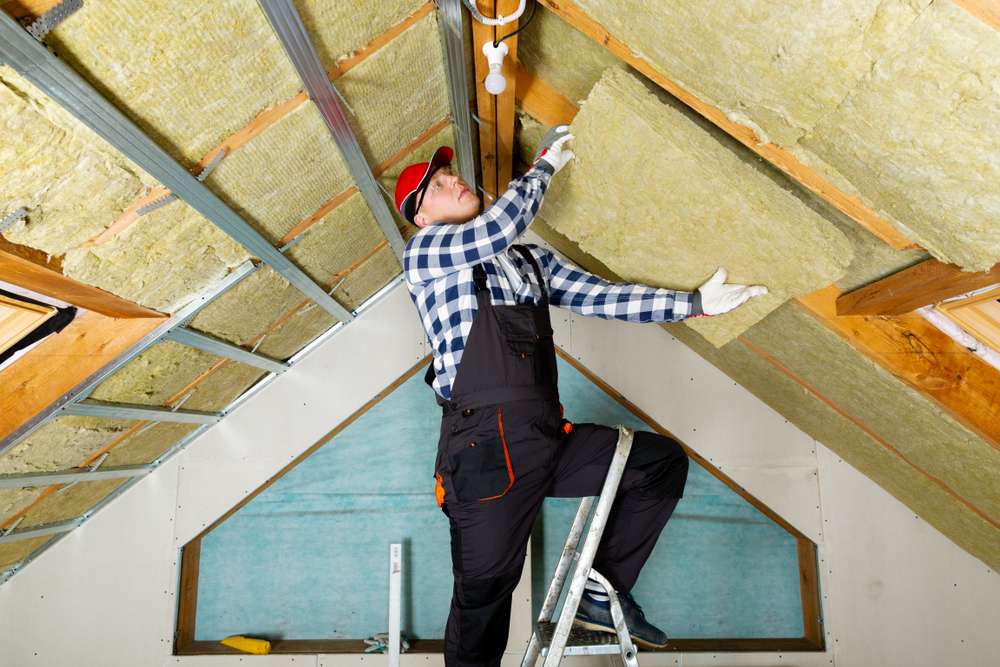Spray Foam Insulation: Efficient Thermal Protection for Homes
Spray foam insulation is a modern solution that combines insulation and air sealing in a single application, creating a continuous thermal barrier for walls, roofs, attics, and crawl spaces. Applied as a two-component polyurethane that expands in place, spray foam fills gaps and irregular cavities that traditional batt or blown insulation may miss. Homeowners and builders increasingly choose spray foam for energy efficiency, moisture control, and improved indoor comfort when installed correctly by trained professionals.

What is spray foam insulation?
Spray foam insulation is made from two liquid components (isocyanate and polyol resin) that react and expand to form a foam. There are two main categories: open-cell and closed-cell. Open-cell foam is less dense, more flexible, and provides good sound dampening and air sealing. Closed-cell foam is denser, has a higher compressive strength, and offers superior moisture resistance and higher R-value per inch. Both types create an air barrier in addition to thermal resistance, which distinguishes spray foam from many conventional insulations.
Benefits for energy and comfort
Spray foam reduces air leaks that drive heating and cooling losses, so HVAC systems often run less frequently and maintain temperature more evenly. The air-sealing quality minimizes drafts, cold spots, and infiltration of outdoor contaminants. Closed-cell spray foam can also act as a vapor retarder in certain assemblies, reducing the risk of moisture accumulation. Many homeowners notice improved comfort and quieter indoor spaces after installation. Because spray foam combines insulation and air-sealing, it can simplify thermal detailing around windows, penetrations, and recessed lighting.
Types and R-value
Open-cell spray foam typically has an R-value around 3.5 per inch, while closed-cell foam commonly ranges from about 6 to 7 per inch. The higher R-value and density of closed-cell foam make it appropriate for thin assemblies or where structural rigidity and moisture resistance are priorities. Open-cell foam’s lower density and expansion characteristics make it useful for interior framing cavities and sound control. Choosing the right type depends on climate, wall cavity depth, vapor control strategy, and budget considerations; a building science–informed contractor can recommend the best option for your project.
Installation, safety and health considerations
Professional installation requires specialized equipment and trained applicators to mix, spray, and control foam thickness. Improper application can lead to off-ratio foam, incomplete cure, or poor adhesion, reducing effectiveness. During spraying, contractors should use respirators and protective clothing; occupants should vacate the space until the foam cures and volatile components off-gas to safe levels. This article is for informational purposes only and should not be considered medical advice. Please consult a qualified healthcare professional for personalized guidance and treatment. Post-installation ventilation, following manufacturer guidance and local building codes, helps ensure the indoor environment returns to normal.
Finding local services and choosing a contractor
When searching for installers, look for local services with documented training from foam manufacturers, liability insurance, and verifiable references. Request detailed scope-of-work documents that state the foam type, expected thickness, target R-value, and curing time. Ask for photographs of similar completed projects and evidence of compliance with building codes. Getting multiple written estimates helps compare approaches and warranties. If your home is older or has moisture issues, inform prospective contractors up front so they can evaluate whether enclosure repairs or moisture mitigation are needed before foam is applied.
Conclusion
Spray foam insulation offers a powerful combination of air sealing and thermal protection, with choices that suit different assemblies and performance goals. Its strengths—reduced air leakage, higher effective R‑value per inch (for closed-cell), and improved occupant comfort—must be balanced against higher material and installation complexity and necessary safety practices during application. Evaluating your building envelope, consulting knowledgeable local services, and confirming contractor training and warranties will help ensure spray foam performs as intended for years to come.






